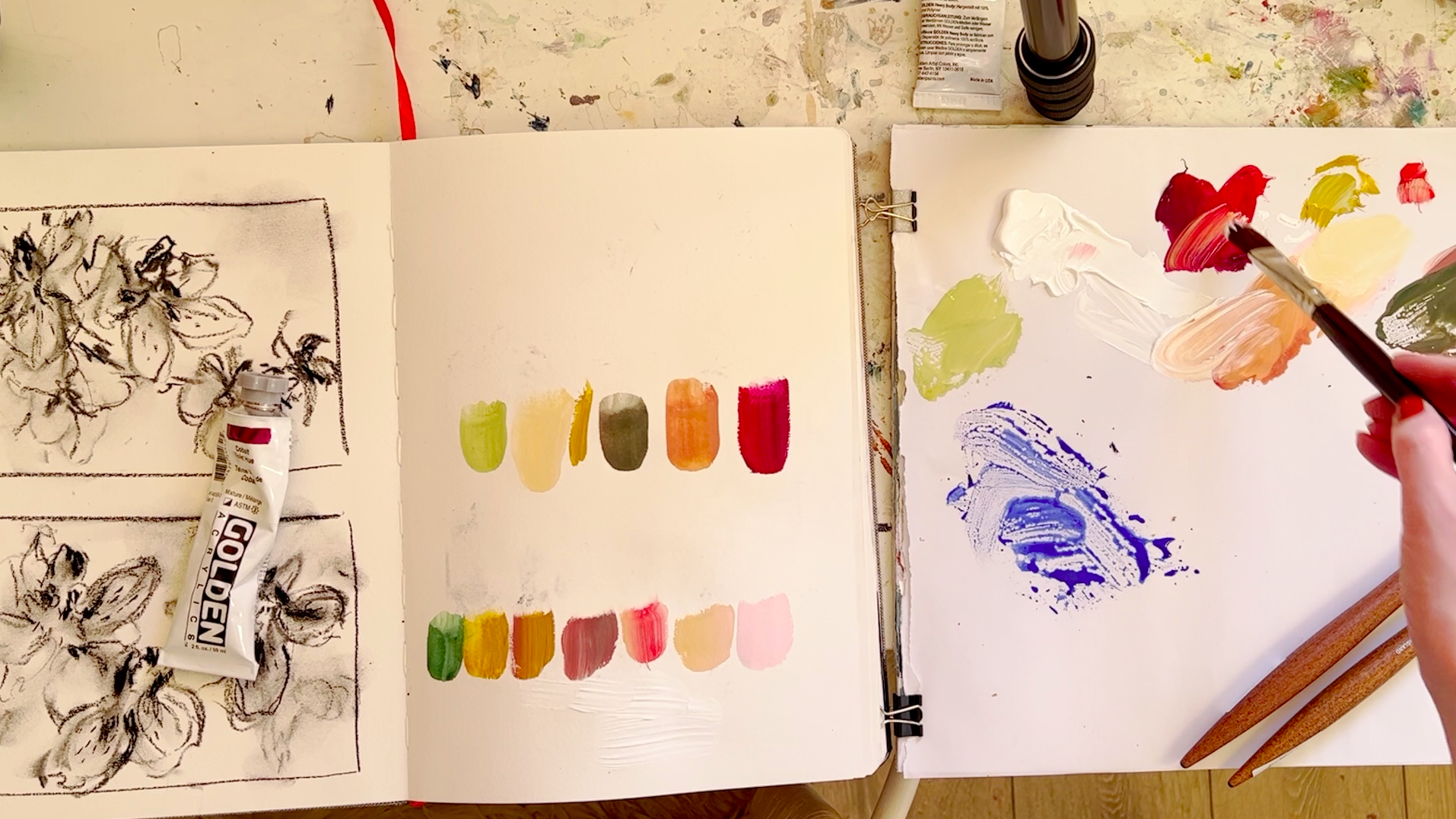The Secret to Planning a Painting You’ll Love
Are you an artist who feels stuck when it comes to painting?
Maybe you’ve started with excitement, only to hit a wall halfway through, unsure of how to bring your vision to life. You’re not alone—this is a common struggle, especially for beginner and intermediate painters.
But here’s the good news: there’s a solution!
Introducing my Concept to Canvas process—a step-by-step method to help you take your ideas and transform them into paintings you truly love. It’s a game-changer for artists who want to create with confidence and purpose. Watch my latest YouTube video, where I walk you through the Concept to Canvas process.
The #1 Mistake Artists Make
One of the biggest challenges many aspiring artists face is jumping straight into a painting without any planning. While spontaneity is great, skipping the planning stage often leads to muddy colours, unbalanced compositions, and feelings of frustration.
Professional artists know that a solid plan is the foundation of every great painting. That’s why I’ve developed a process that simplifies planning and sets you up for success.
What is the Concept to Canvas Process?
This process breaks down painting into manageable steps, guiding you from the initial idea to the final brushstroke. Here’s what it includes:
Developing a Concept
A concept goes beyond just an idea—it’s about deciding how your idea will translate onto the canvas. This includes:
Sketching composition ideas.
Creating value studies to map out light and shadow.
Using references to guide your work.
Tip: Use the rule of thirds to create a balanced composition. Place key elements of your painting along the gridlines or their intersections to create visual interest and harmony.
2. Planning Your Composition and Colors
Before you pick up a brush, it’s crucial to plan the layout and color palette of your painting.
Use basic shapes to draft your composition.
Choose harmonious color palettes to ensure your painting feels cohesive.
TIP: Create small color swatches to get an idea of how they interact, ensuring a cohesive look throughout your artwork.
3. Adding Texture and Details
This is where the magic happens!
Learn how to:
Incorporate bold textures with palette knives and rubber wedges.
Balance detailed and abstract elements for a dynamic, painterly effect.
Use drip marks and mediums to add energy and movement to your work.
Tip: Layer your paint gradually, starting with thinner layers and building up to thicker ones. This creates depth and texture, preventing your painting from looking too flat. Don’t be afraid to experiment with different brushstrokes to add variety and richness to your piece!
YOUR FREE RESOURCE: The Painter’s Guide
To make this process even easier, I’ve created a FREE Painter’s Guide, which includes my exclusive Concept to Canvas Worksheet. This downloadable resource will help you:
Plan your paintings step by step.
Gain clarity and confidence in your artistic vision.
Create art you’re proud to share.
Download the FREE Painter’s Guide and Concept to Canvas Worksheet. And don’t forget to watch the full video so you can follow along!




